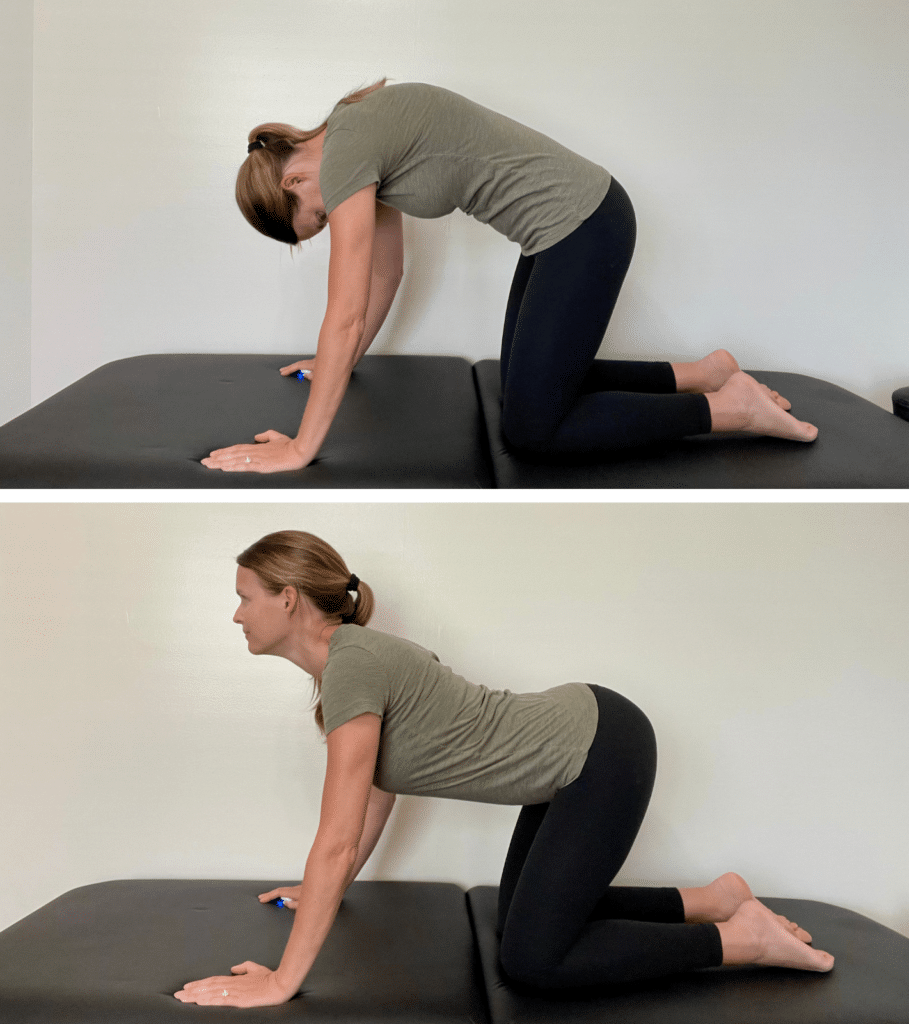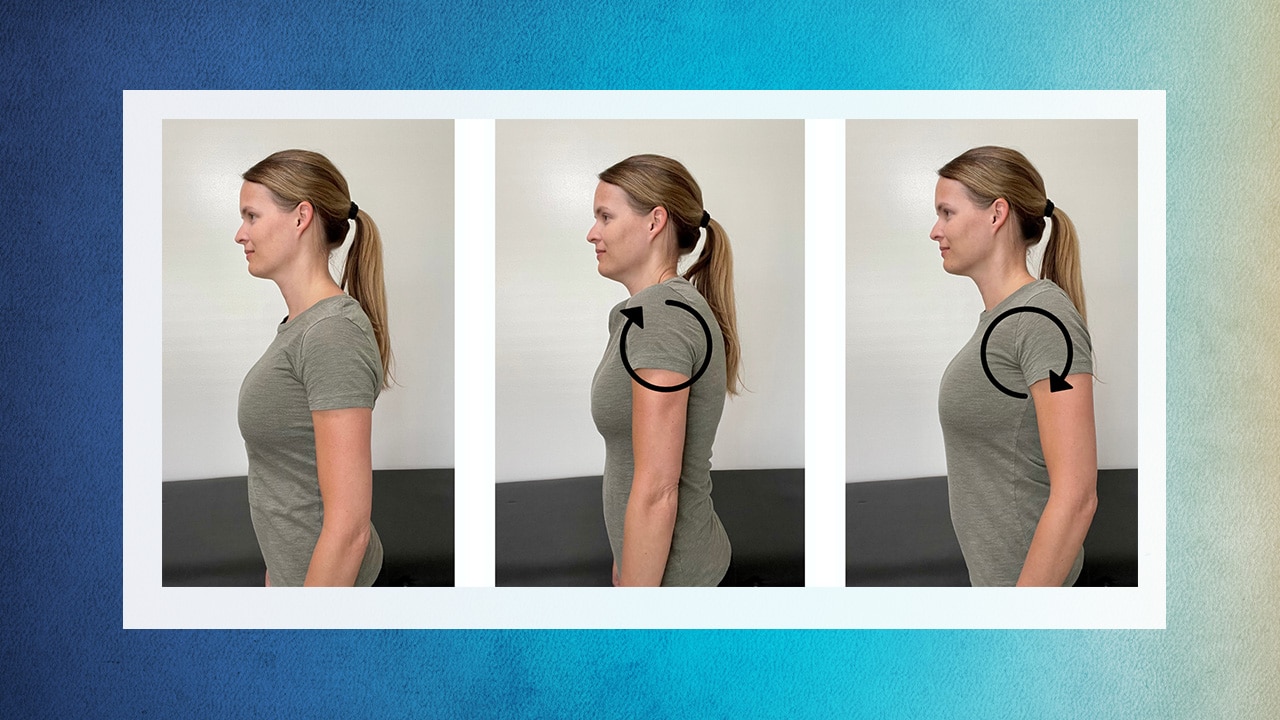Lymphedema and other lymphatic conditions are often treated with compression bandaging or garments, lymphatic drainage, pneumatic compression devices, and exercises. These treatments primarily focus on peripheral lymphatics but not necessarily on central lymphatics. What’s the difference between these two?
The lymphatic system can be divided into two components: the peripheral lymphatics and the central lymphatics. The peripheral lymphatics comprise the lymphatic vessels that run throughout the body, bringing lymphatic fluid to the lymph nodes. The peripheral lymphatics create a system to move fluid out of a body region, then filter this fluid for foreign substances and waste products. Around these areas, one may see lymphedema form due to this system being backed up.
The central lymphatics, on the other hand, are larger vessels that the peripheral lymphatics pour into. The body’s main vessels are the thoracic duct and the right lymphatic duct. The central lymphatics collect the lymph fluid after moving through the lymph nodes and transport it back to the heart, where it enters into the circulatory system and blood.
By stimulating lymphatic flow in the central lymphatics, one can optimize how well the lymphatic system works to improve lymphedema and maintain a healthy immune system. How can we do this? Exercise is one of the best ways to improve lymphatic flow. So take 5 minutes and try these simple and practical exercises to enhance lymphatic flow within the central lymphatics.
1) Shoulder Rolls
This exercise stimulates lymph flow from your head, neck, and shoulder region toward the central lymphatics.

Begin sitting upright with your hands resting in your lap or standing with your arms at your sides.
Shrug your shoulders forward and upward, then circle back and down. Repeat this pattern, creating circles with your shoulders.
After 5-10 circles in one direction, switch and complete 5-10 shoulder rolls in the opposite direction.
2) Cat-Cow Stretches

This exercise combines spinal mobility and activation of the truncal muscles.
Begin on your hands and knees, aligning your wrists under your shoulders and knees under your hips.
Slowly round and arch your back toward the ceiling, dropping your head down. Then drop your belly towards the floor while looking up and lifting your tailbone. Repeat, back and forth 10-20 times.
Modifications: If there is any back pain or straining, minimize your range of motion first. If the pain continues, discontinue the exercise.
3) Diaphragmatic Breathing

Diaphragmatic (or abdominal) breathing is one of the most effective ways to stimulate fluid moving through the thoracic duct of the central lymphatics.
Start by finding a comfortable position, ideally by laying on your back with your legs up on a bolster or elevated on pillows. Place your hands on your abdomen and provide light pressure into your belly. Holding that position, take a slow deep breath, inhaling through your nose and allowing your stomach to rise. Pause for 1 second with your lungs full of air. Then exhale your breath slowly through your mouth. Repeat this 3-5 times.
4) Walking
This exercise moves the fluid in the entire body while increasing heart rate and lymphatic fluid flow.
Get outside or around the house and start with 2-5 minutes to begin. For progression, add another 3-5 minutes each week to the total time, up to 20-30 minutes.
Modification: If you do not have space to walk, or the weather isn’t cooperating, try marching in place for 2 to 5 minutes. If there are any joint pain or balance concerns, or someone doesn’t enjoy walking, try another form of cardiovascular exercise like swimming or biking.
These exercises are simple and can help stimulate the central lymphatics to help with overall lymphatic health.
